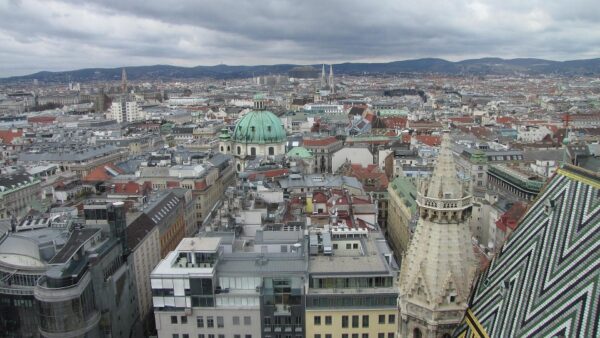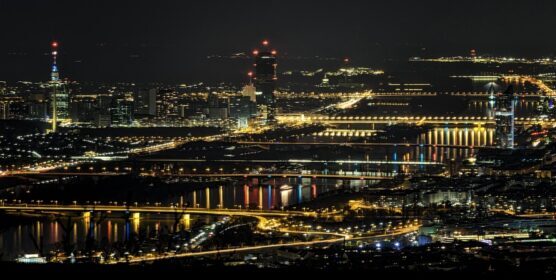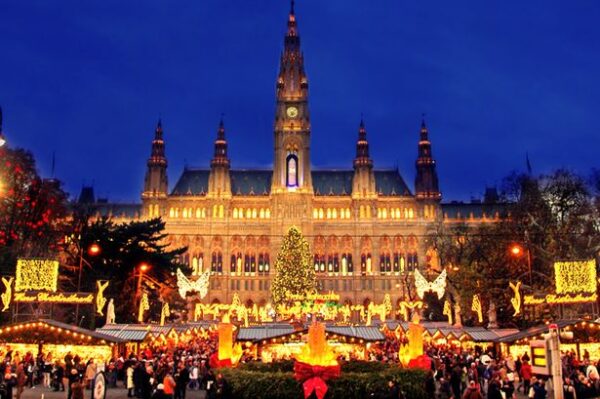Maturity
The restrictive policies of the Biedermeier period led the Viennese society and the artists of the city in a daily routine that focused on the domestic & non-political life. In the same time the onset of the rapid industrialization created a new & prosperous middle-class that could afford and consume many of the luxuries of the new industrial era.
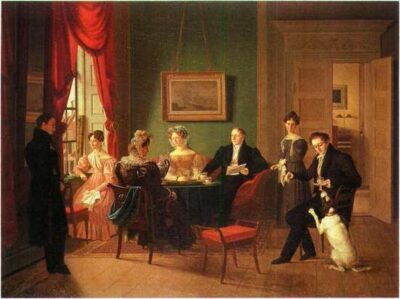
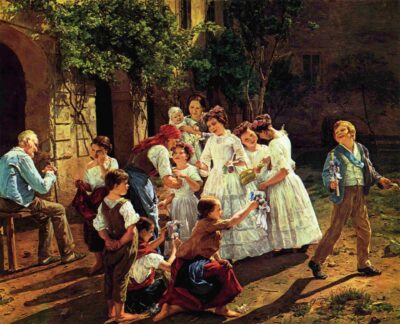
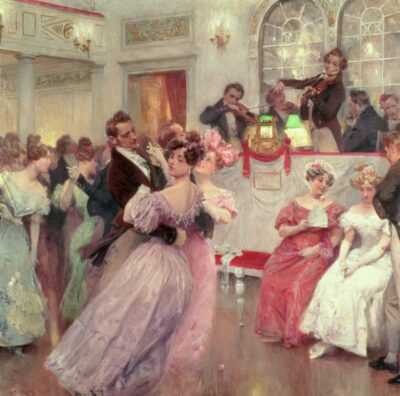
The Viennese bourgeoisie concentrated on culture, built villas & luxurious apartments in a functional & elegant neoclassical styles, painting & literature, furniture design & interior decorating. In the same time it enjoyed the works of a new crop of exceptional talents in music such as Johann Strauss Jr and Johannes Brahms who lived and worked in Vienna and managed to excel to such degree as to be put in the same category as their godlike predecessors.

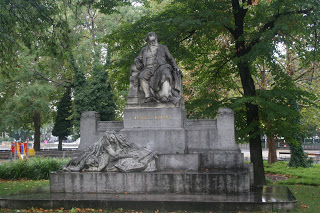

The massive urbanization had its toll in the city which experienced a huge outbreak of cholera in 1831 & 1832, making the modernization of its infrastructure an urgent matter. It would be materialized in the following years. The first steamship company to navigate the Danube was established in 1832 while in 1837 Vienna became the center of the national railway network. Metternich resisted firmly to the constitutional reforms demanded by liberal citizens in a time when the liberal movement was on the rise all over Europe. From March 1848 to November 1849 more than ten nations that were ruled by Vienna and the Habsburgs rose up attempting to achieve autonomy, independence or even hegemony over other nations. Metternich fled from Vienna & Ferdinand I of Austria appointed a new batch of liberal ministers in a series of short-lived cabinets.
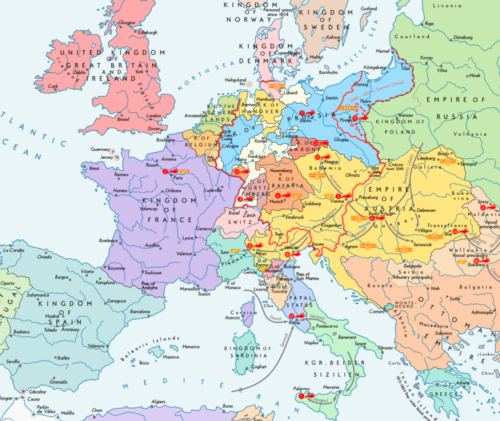
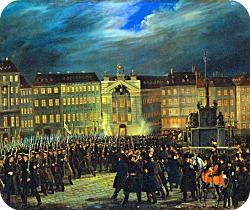
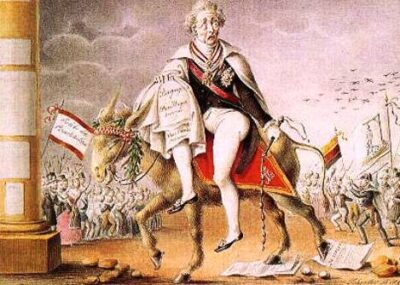
The 1850’s brought a return of neo-absolutism with the new emperor Franz Joseph I resisting both constitutionalism & nationalism. In the same time however he boosted his capital’s growth by demolishing the Medieval walls & creating the Ringstrasse, a circular road surrounding the Innere Stadt (City). The new district which was packed with architectural masterpieces such as the Vienna State Opera, the Austrian Parliament building & the Naturhistorisches Museum quickly became an area where Vienna’s main landmarks would stand.

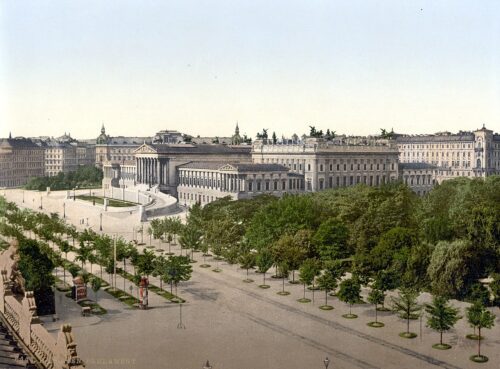
Advanced technology & the empire’s vast resources launched Vienna to the industrial age under a series of modernizing transformations such as the improvement of the water supply, the lighting of its buildings and streets first by gas & then electricity, the formation of the Danube canal which created a new vibrant area between it and the main river which bordered the Inner City. The list was supplemented with the establishment of Stadtpark which covered an extensive area between Inner City and Ringstrasse all the way to Landstrasse in the third district, the establishment of the first railway station & finally the incorporation of the city’s outer suburbs into Vienna’s immediate vital space. All these changes improved the capital’s functionality, contributed to the increase of its population and added even more to its profile as a prime European Metropolis.



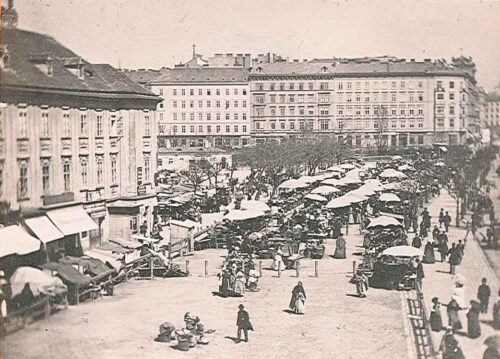
The city’s population boomed reaching 2 million by 1910, making Vienna the 4th largest city in Europe after London, Paris and Berlin. In the same time it became the center of the Art Nouveau movement with architectural jewels such as the Secession building , the Kirche am Steinhof, Karlsplatz Stadtbahn station & Majolica House sprouting in different corners of the city.
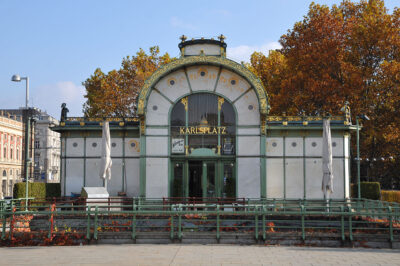
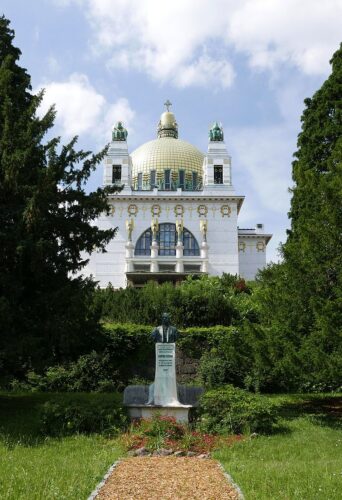
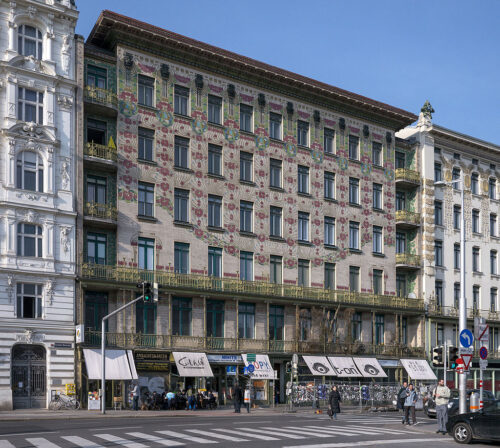
The assassination of Archduke Franz Ferdinand of Austria, ruler of the Habsburg Empire since 1896, in the capital of the Austro-Hungarian province of Bosnia and Herzegovina on 28 June 1914, by Serb nationalists, would lead into the declaration of war of Austria-Hungary against Serbia and the fast escalation of the conflict into a world war.
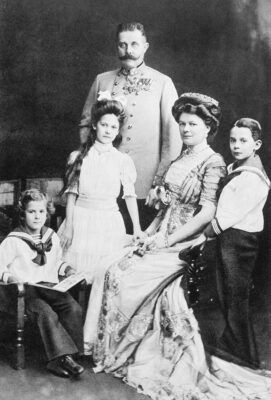
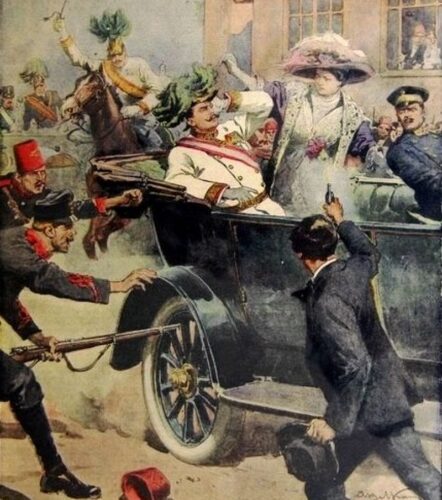
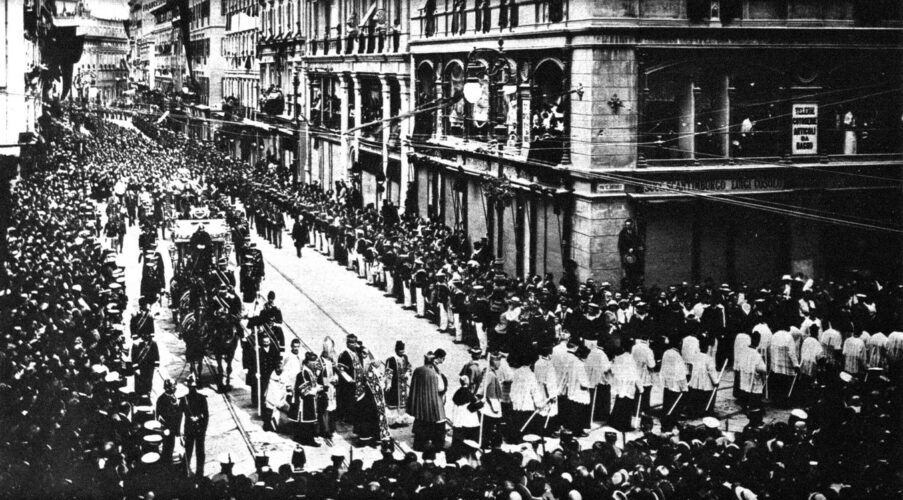
Although the outbreak of World War I in 1914 did not pose a direct military threat to Vienna the living conditions deteriorated rapidly & the city suffered terribly from the lack of supplies caused by the embargo imposed by the opposing Entente powers.
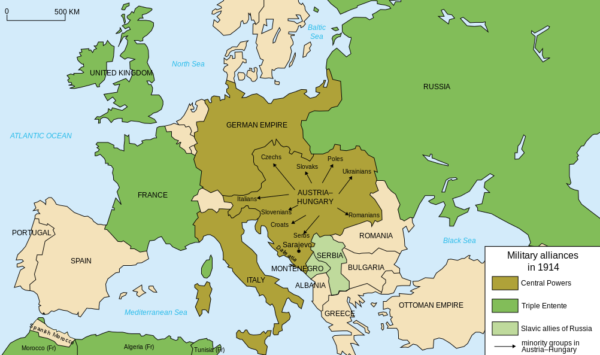
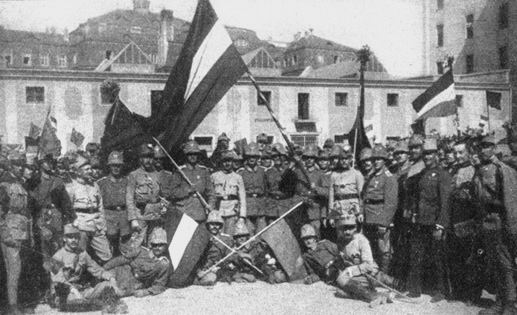
At the end of the war the imperial capital of the Habsburg Empire had been delegated to the status of a provincial capital. After WWI Vienna’s size & overall significance compared to the rest provinces of the new Austrian state was often described as that of a as the Wasserkopf (the hydrocephalus). In 1921 Vienna is separated from the surrounding province of Lower Austria & is elevated to the rank of a separate city-state with the left-wing Social-Democrats, the dominating party after the end of the war taking in charge of the city’s administration. Red Vienna struggled to cope with the slops of a disastrous war like poverty & hyperinflation as well as overcrowding & contagious diseases like syphilis & the Spanish flu, mostly through the provision of low cost public housing like the Gemeindebauten (municipality buildings).
![]()
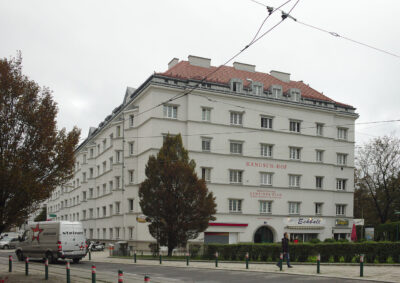
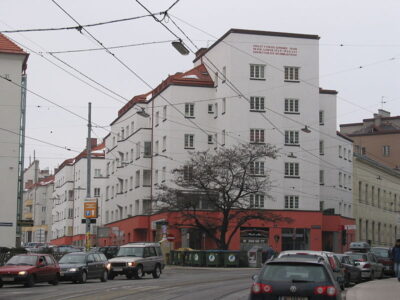
Although the government had successes in areas such health care & education and implemented for the first time a real policy of redistribution, the increasingly difficult economic situation led to the polarization between the two major political parties (socialists and conservatives) with riots occurring for the first time on July of 1927. The spiraling political & economic events led to the dissolution of Parliament in 1933 & the outburst of a civil war in 1934 between socialists & conservative-fascist forces.
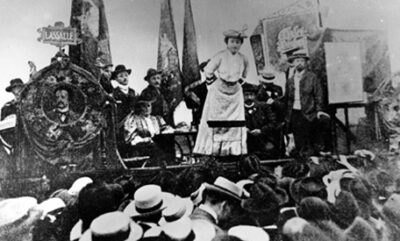
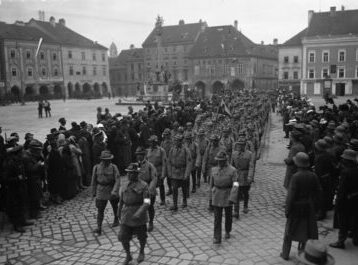
In the period that followed also known as Austrofascism, Engelbert Dollfuss, Chancellor of Austria since 1932, who had already banned the Nazi, Communist & Republican Schutzbund party, extended the expulsion to the Social Democratic Party as well, leaving only the Vaterländische Front movement of his own creation to rule without any parliamentary opposition.
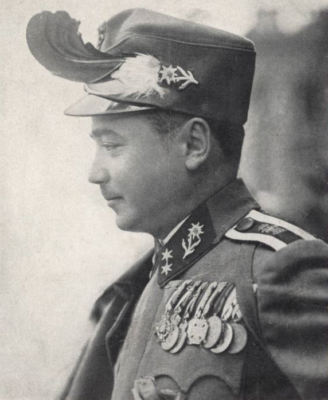

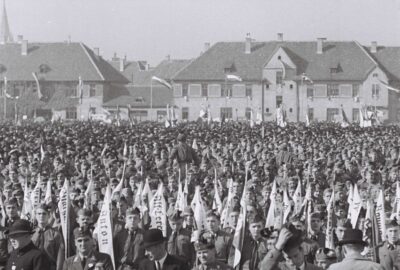
On the morning of 12 March 1938, the German Wehrmacht started its march inside Austrian territories. The Austrian-born leader of Nazi Germany, Adolf Hitler with an escort of 4000 bodyguards followed suit. In what proved to be a triumphal procession, Hitler passed his birth-place of Braunau am Inn on the borders of Upper Austria with Germany and reached Vienna on March 15th in the midst of enthusiastic Nazi salutes, Nazi flags and flowers.
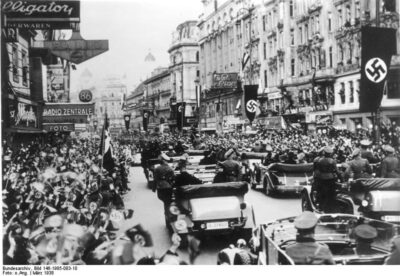
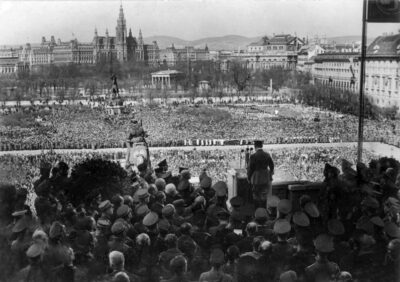
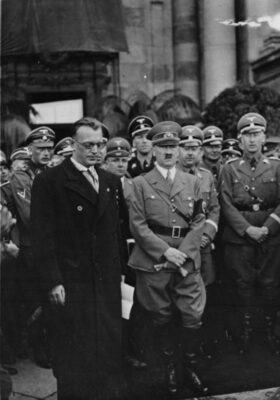
Not every Austrian was as thrilled as the cheering crowds of Vienna with the Nazis. Sigmund Freud, the father of modern psychotherapy and founder of psychoanalysis, permanent resident of Vienna from his first year in the University of Vienna in 1873, was among the many Viennese who fled Vienna to escape from the Nazis. For more than 60 years he had treated patients, first at the Vienna General Hospital and then as a private practitioner , lectured at the Vienna University and in essence established the practice of modern verbal psychotherapy from the Austrian capital.
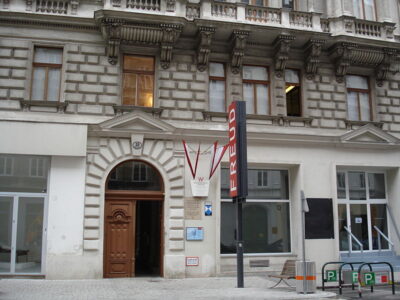
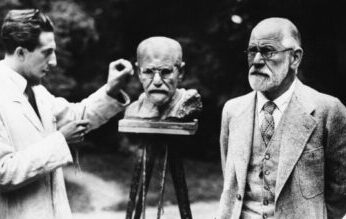
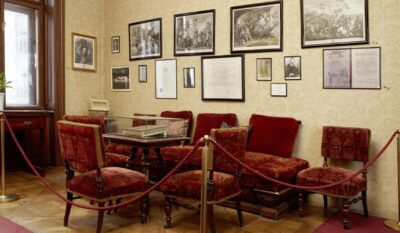
Antisemitism, a familiar but sporadic vice of the Viennese for centuries, more prevalent after the turn of the century, was puffed up by the racist fanaticism of the Nazis. Immediately after the annexation of Austria by Hitler, the Jewish population started to suffer. Jewish homes and shops were plundered, Jews were driven through the streets where they suffered several humiliating tasks under the mockery of the mob. On November 9th and 10th of 1938 in the so-called Kristallnacht pogrom all Jewish synagogues were burned down and thousands of Jews were arrested and sent to concentration camps. After the Nuremberg Laws of May 1938 all Jews were officially considered social outcasts, forced to wear a yellow badge on their clothes that would distinguish them from the rest of the population. By 1941 more than 130.000 Jews had left Vienna (total Jewish population of Vienna was close to 175.000 in the 1930’s).

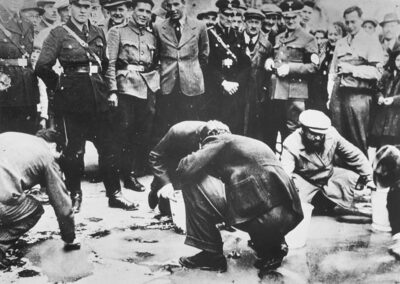
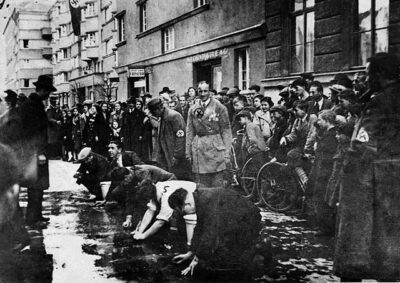
From 1943 and on the city suffered from the repeated Allied bombing. When the war was brought to an end in April 1945 fighting was going on in the very heart of the city. The bombings of 1944 and 1945 and the vicious fighting during the subsequent conquest of Vienna by the Soviet troops on April 1945 caused much destruction within the city.

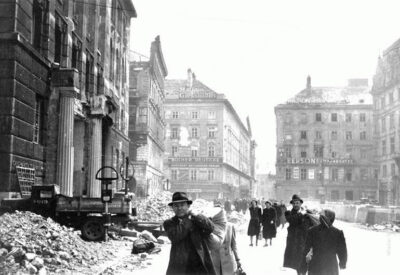

The Allied occupation of Austria lasted from 1945 to 1955. Austria like Germany was divided into four occupation zones controlled by the United States, Soviet Union, United Kingdom and France. Vienna like Berlin was similarly subdivided but the central district was administered jointly by the Allied Control Council.
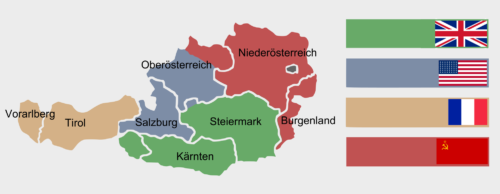
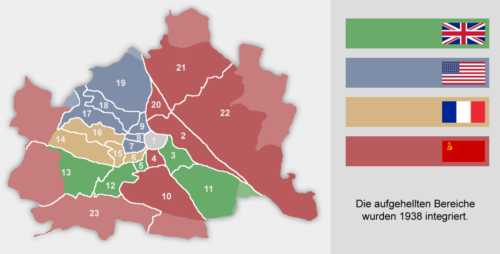
In May 1955 the country regained its freedom & Vienna’s economy took a decisive turn for the better mainly due to the assistance granted by the Marshall plan of the American government. In the 1960’s & 70’s the booming economy changed Vienna’s skyline with several skyscrapers dominating its modern city-scape. In 1978 the new U-Bahn network was introduced while Vienna became the third official seat of the United Nations housed in the newly established UNO city.
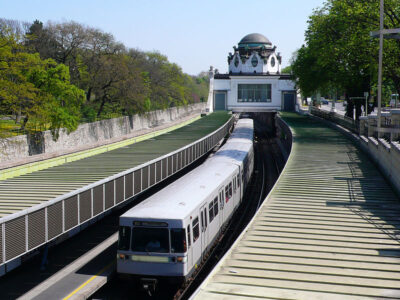

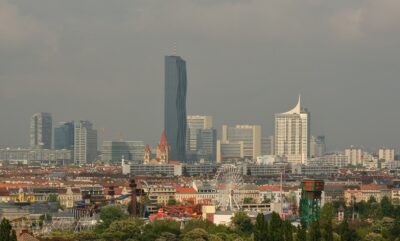
During the division of Europe by the Iron Curtain, Vienna served as a bridgehead between the West and the Communist countries of Eastern Europe. This role became obsolete in 1989. Consequently Vienna’s lost somewhat of its political importance.
The glorious capital of the Habsburg Empire must today compete with the rest of the European capitals within a community of equals. Austria’s integration in the European Union in 1995 has opened a new gate for the city that has started to regain its cosmopolitan character in a new more optimistic economic reality.
